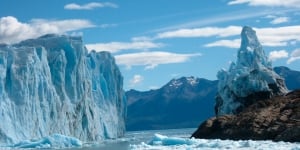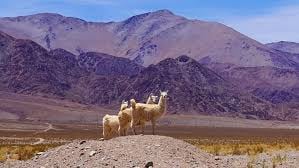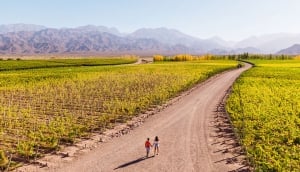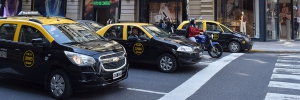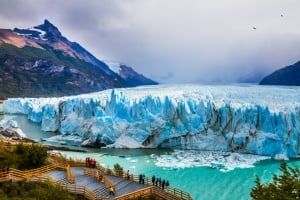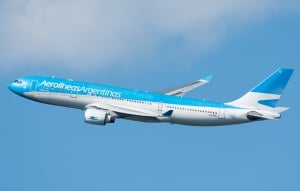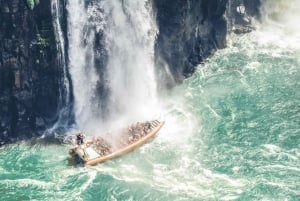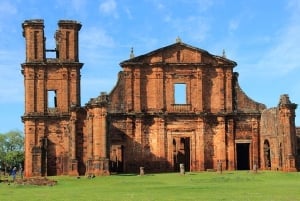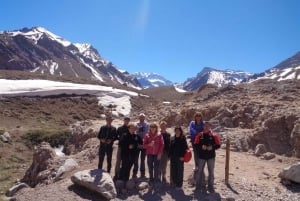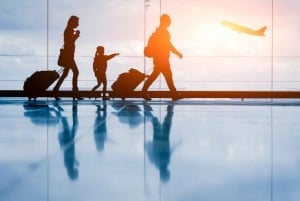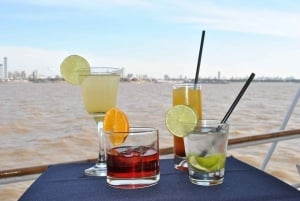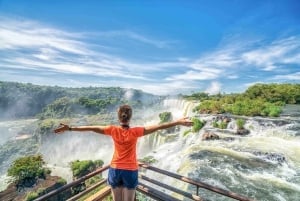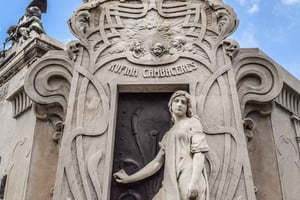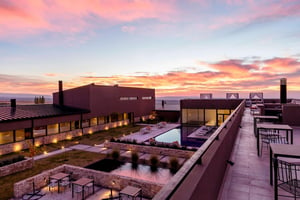Tips For Travelling To Argentina
Book Top Experiences and Tours in Argentina:
If youʻre booking your trip to Argentina last minute, we have you covered. Below are some of the top tours and experiences!- From Foz do Iguazu: Brazil Iguazu Falls & Macuco Safari Boat
- Foz do Iguaçu: Wanda Mines and San Ignacio Ruins Day Trip
- From Mendoza: High Andes Aconcagua Mountain Tour
- Bariloche: 1-Way or Round-Trip BRC Airport Transfer
- Buenos Aires: Private EZE Airport Transfer
And if we are talking about faraway places we have to take into account the distances. Such a large country requires a good dose of time (and patience) to move from one place to another. If time is a problem (I would say less than 1 month to get to know the most) then we enter the economic field. You will have no choice but to fly. More tips for travelling to Argentina below.
6 tips for travelling to Argentina
Combine road and air travel As we have been saying, distances in Argentina are almost stellar and, besides, land transport is not cheap but it is of good quality. It is worthwhile to organize this point well according to the budget and time available.
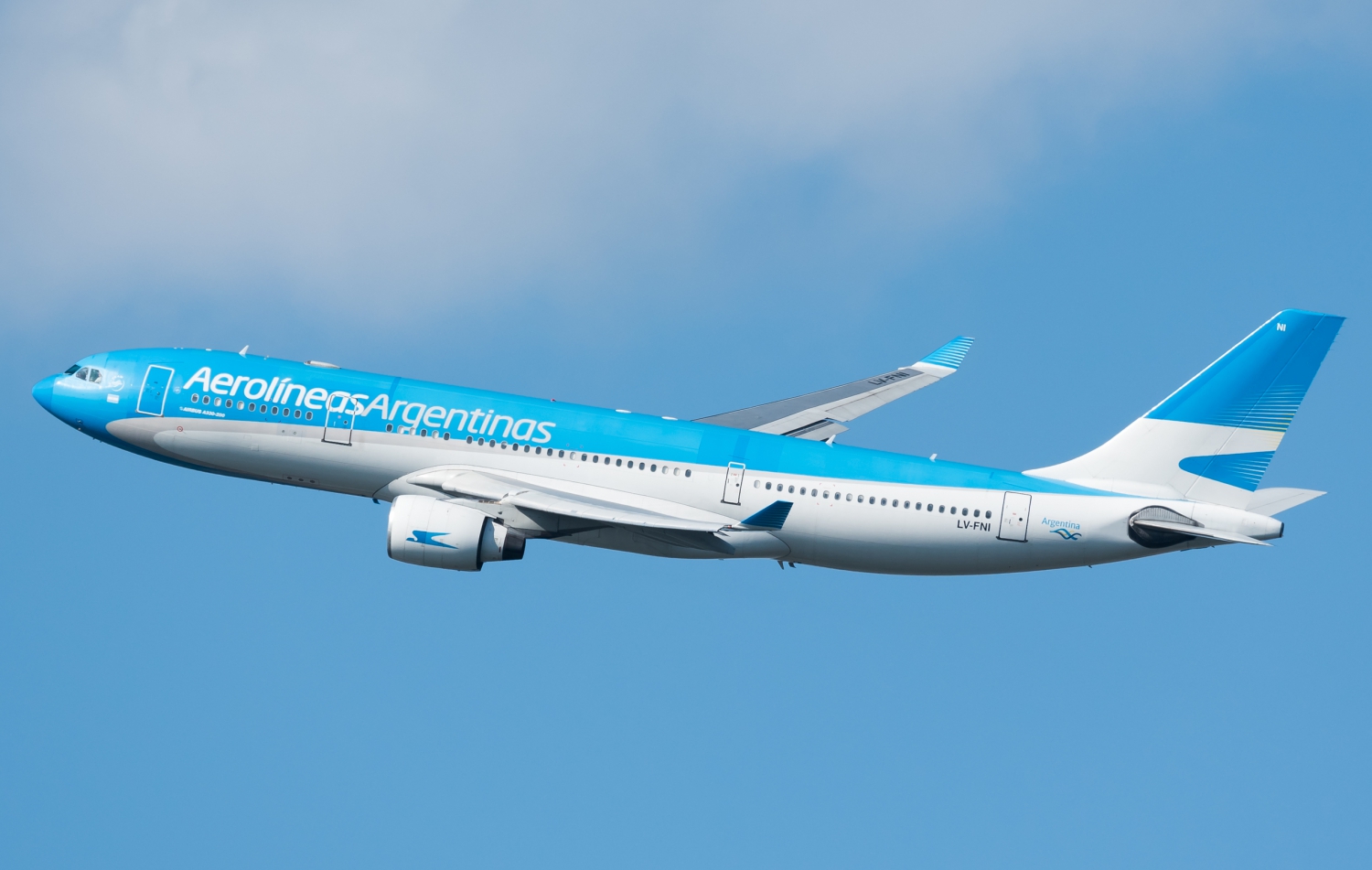
The distance from Buenos Aires to the city of El Calafate is almost 3,000 kilometres. Going by bus is an exercise in masochism because of the time invested. It's not cheap either, so if you look for the time you might find a flight for a few more euros. We fly to El Calafate for 100 euros each.
Address in Argentina As with other countries when entering the country you must indicate the address of your hotel or flat. The customs agents do not ask for a physical reservation only a written address. Take one from home. It doesn't matter if it's a hotel or hostel, even if it's not where you're going to stay.
We didn't have that information because we were staying with friends who were picking us up at the airport and, when we passed the passport control, the man called our attention "are you coming to Argentina and don't know where you are going to stay? In Mexico something similar happened to us, we did not learn!
The southern summer - One of the reasons why we started our trip to South America was because we were starting the tour in January. We arrived in Argentina at the beginning of February, in the middle of summer. The south of Argentina seemed to us a beautiful but cool place during its summer (our European winter), so we don't want to imagine it during July and August. It must be very cold!
There are two high season periods in Argentina. January and February are the best months, and July and August coincide with the northern summer. We spend some time in El Calafate and El Chaltén, two places where you always have to wear a coat.
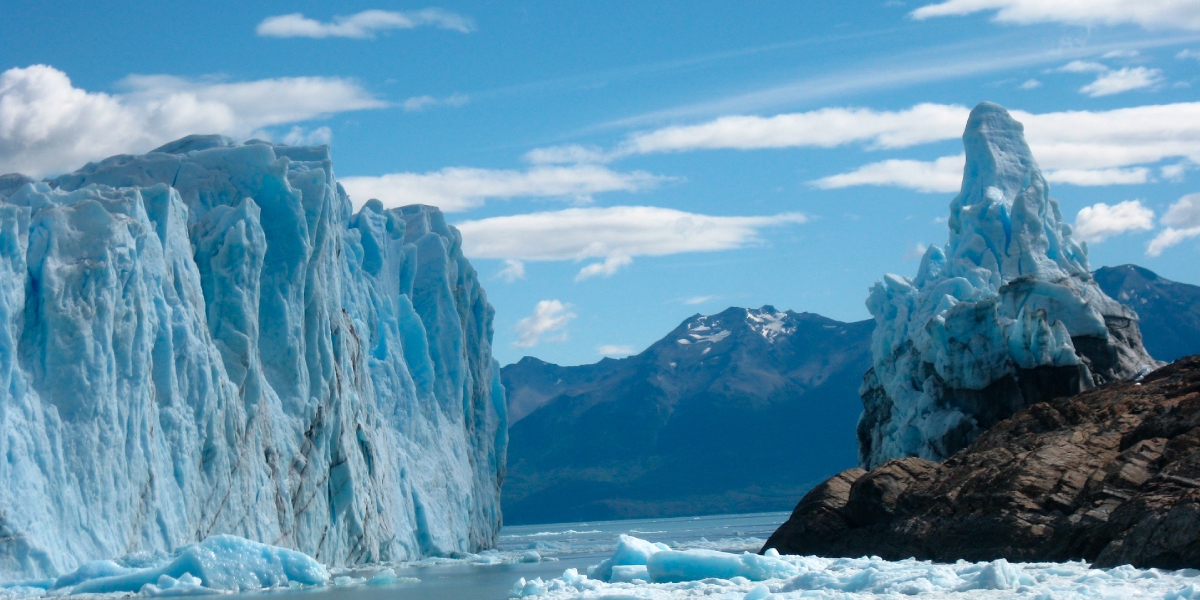
Altitude sickness blessed coca leaves! - Write down this advice for travelling in Argentina. It's worth getting a bag of coca leaves if you continue from the city of Salta (1,200 metres) to the Bolivian border. The city of Purmamarca in the province of Jujuy is situated above 2,400 metres and Humahuaca above 3,000 metres.
At this point, we began to notice the first symptoms of altitude sickness or soroche, headache and accelerated heartbeat when we made an effort. In the city of La Quiaca, at almost 3,500 meters, the discomfort intensified and we even suffered a little from the stomach. Here we met the bitter coconut leaves that helped to relieve the discomfort.
Be a little cautious in Buenos Aires - We found Argentina to be a very safe place. We can only recommend caution in Buenos Aires and other large cities such as Cordoba or Rosario. You have to be on the lookout for violent robberies and public insecurity in general. It is also important to find out beforehand which areas of the city should be avoided, especially at night.

If you use a taxi, check that it is from a registered and reliable company. Finally (and not least) we do not recommend carrying valuables in sight (mobile phones, tablets, cameras, etc). These are the basic precautions that we would have in every big city.
How to change money in Argentina - Recently the strong devaluation of the official exchange rate, as well as the so-called exchange rate clamp, have suffered modifications so that the trees no longer have a place in the country. This means that the official exchange rate and the blue exchange rate are no longer so disparate.
Usually, the best exchange rate is obtained at the Banco Nación but it is also true that you have to wait in line so you might be interested in buying Argentine pesos at the typical exchange houses at airports and tourist areas. The alternative is to use a credit card (beware of the foreign exchange commission applied by your bank). Using B next cards is a good option.



